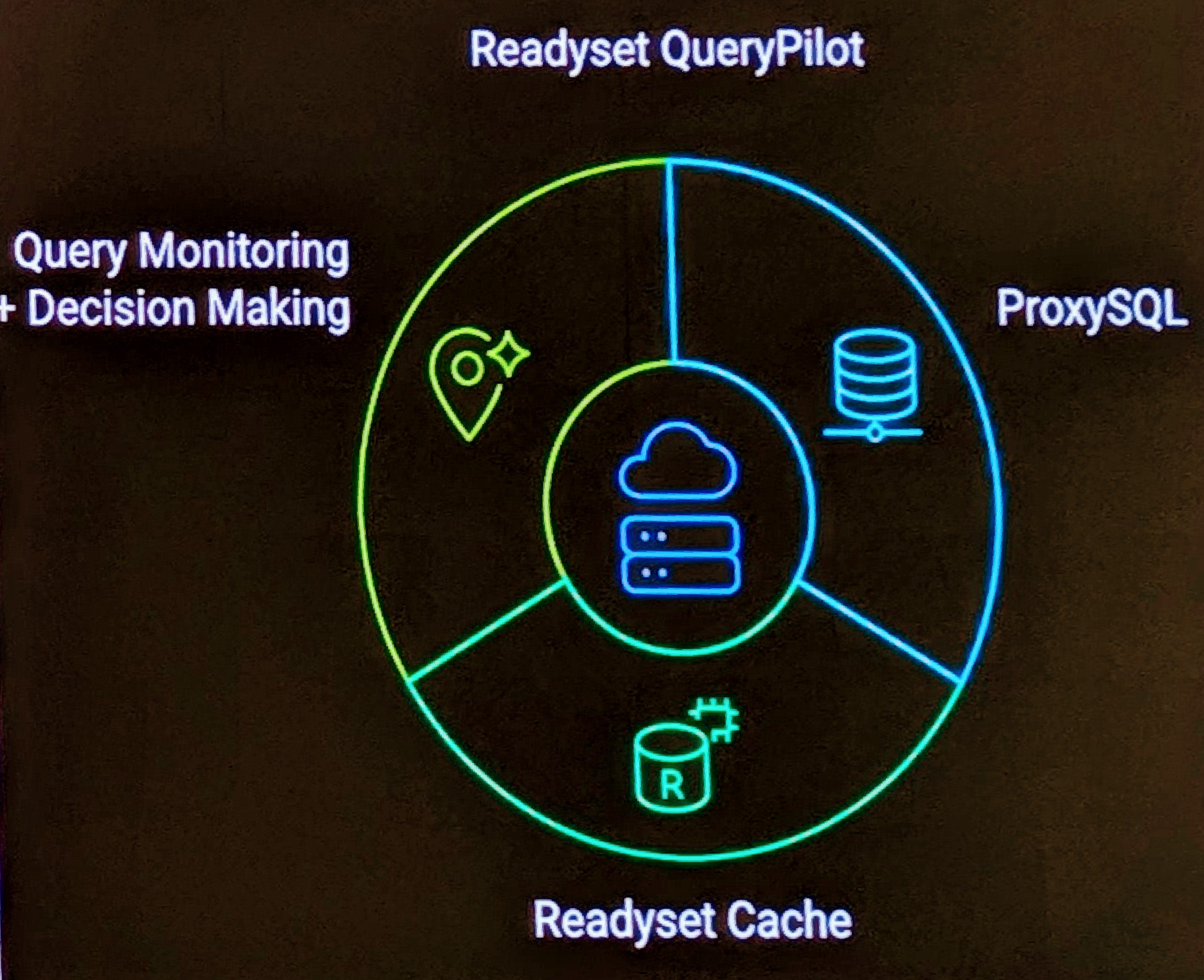For users of Linux regardless of the skill level, using the OS manual is invaluable. Frank gives an example using crontab at Viewing a specific version of a man page , but as with Linux there is always more then one way to skin a cat.
To view a man page of a command e.g. du.
<br /> $ man du<br />
The Unix Manual is generally broken down into 9 sections, and sometimes a manual page is in multiple sections. These section are:
- Section 1 – Commands
- Section 2 – System Calls
- Section 3 – Library Calls
- Section 4 – Special Files
- Section 5 – File Formats and Conversions
- Section 6 – Games for Linux
- Section 7 – Macro Packages and Conventions
- Section 8 – System Management Commands
- Section 9 – Kernel Routines
As in Franks example, crontab is in both Section 1 and 5. Crontab tab the Linux Command, and the file format used for crontab. To get access to the later.
$ man -s 5 crontab
Frank made reference to a syntax of man crontab.5 which didn’t work in my distro, so again, different implementations may be possible.
Say you remember the command associated with cron but not the full name. You can search the man pages with.
$ man -k cron
This produced in my distro.
<br /> /etc/anacrontab [anacrontab] (5) - configuration file for anacron<br /> anacron (8) - runs commands periodically<br /> cron (8) - daemon to execute scheduled commands (ISC Cron V4.1)<br /> crontab (1) - maintain crontab files for individual users (ISC Cron V4.1)<br /> crontab (5) - tables for driving cron (ISC Cron V4.1)<br /> hinotes (1) - Syncronize your Hi-Notes database with your desktop machine. Hi-Notes must be installed on your Palm handheld (and at least one entry must exist within Hi-Notes)<br /> read-todos (1) - Syncronize your Palm ToDo application's database with your desktop machine<br />
Of course you should not discount that a manual page exists for the man command.
$ man man


